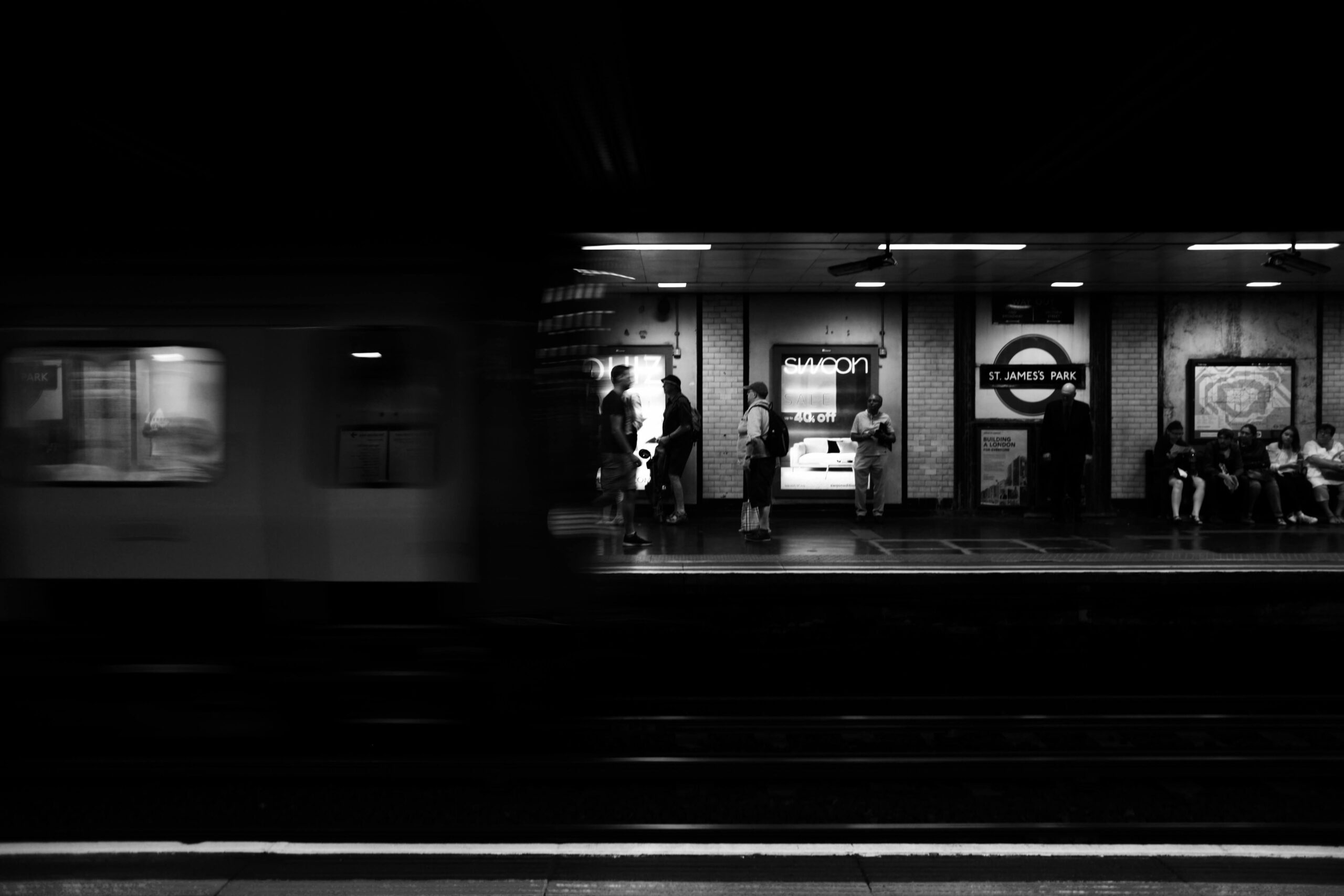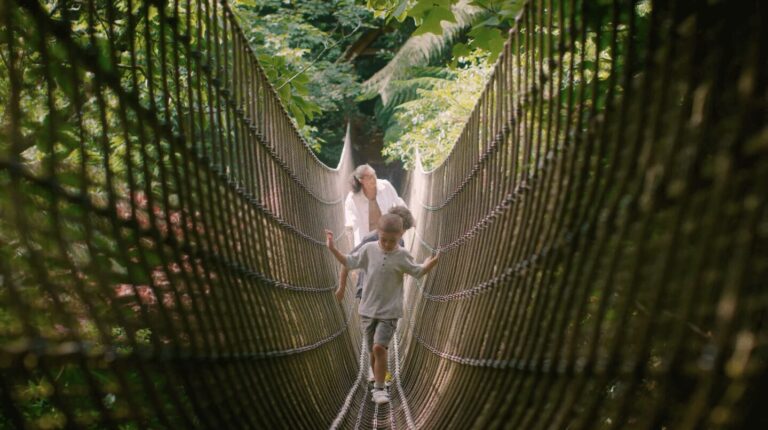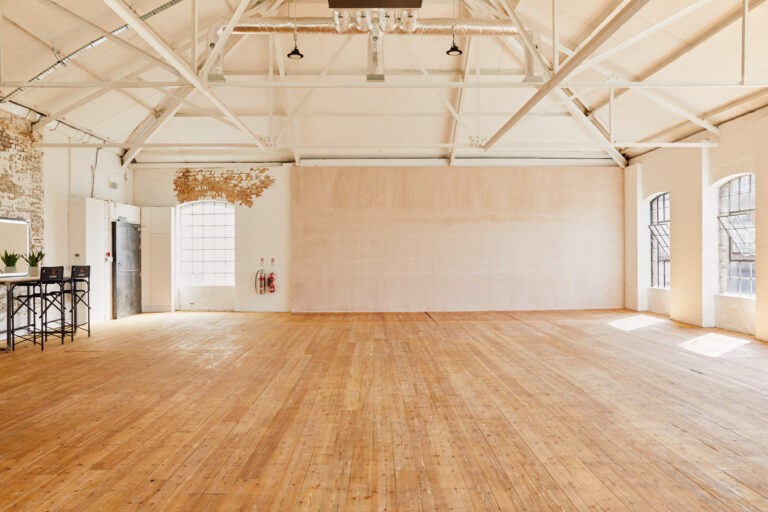Filming on the London Underground feels like a scary thing to pull off, but, with the right information and by following this guide the process can be simple and easy.
The London underground isn’t a space available only to big holly wood productions, small crews and even one man bands can deliver productions on the underground.
As a video production company in London, we get asked all the time whether filming on the tube, or on a bus, is possible. The answer is always yes… the key is just planning and budget.
We wrote this guide to help anyone looking to film on the London Underground! It’s a clear step by step with useful links to resources and guides.
Enjoy!

Step 1: Planning & Budget Assessment
- Assess Your Budget: Determine your budget to decide the scale of your production. TfL’s fees vary based on crew size, location exclusivity, and additional requirements like staff supervision.
- Small Budget: Consider filming with a minimal crew (1-10 people) during off-peak hours to save costs. Crew size 1-10 costs £1,000 per hour.
- Large Budget: If budget allows, book exclusive areas or entire trains for filming. Exclusive use starts at £2,000 per hour; with a train, costs begin at £4,000 per hour.
- Small Budget: Consider filming with a minimal crew (1-10 people) during off-peak hours to save costs. Crew size 1-10 costs £1,000 per hour.
Step 2: Obtain Necessary Permits
- Contact TfL Film Office: Early engagement with TfL’s Film Office is crucial. Submit a detailed proposal including the number of crew, the exact locations, and the filming schedule. Find more details and contact information on TfL’s official media page.Press Office Email: pressoffice@tfl.gov.uk
- Documentation: Prepare to submit your public liability insurance (minimum £10M GBP), script, storyboard, and any other relevant documents for review and approval. Check out Hiscox film production insurance (this is what we use) for more information on suitable insurance policies.
Step 3: Schedule and Timing
- Select Filming Times: Filming is only permitted during off-peak hours (weekdays 10:00-15:30 and 20:00-23:30, weekends more flexible). This minimizes disruption and aligns with TfL’s operational constraints.
- Advance Booking: Book your slots as early as possible. TfL generally requires a minimum of 3 weeks’ notice, with late notice fees applying for shorter lead times.
Step 4: Equipment and Crew Management
- Equipment Considerations: For small productions, use lightweight and handheld equipment to avoid additional charges and restrictions. Larger productions can arrange for more extensive setups, including special arrangements for heavy or bulky equipment.
- Crew Size: Keep your crew size proportional to your budget and the complexity of the shoot. Smaller crews reduce costs and are easier to manage in public spaces.
Step 5: Filming Execution
- On-site Coordination: Ensure you have a designated person to coordinate with TfL staff on the day of filming. This includes managing access, ensuring safety protocols, and adhering to the agreed schedule and filming boundaries.
- Public Interaction: Be mindful of passengers and public interaction. Communicate filming areas clearly to minimize inconvenience to the public.
Step 6: Post-Filming Requirements
- Review Footage on Location: Check your footage before leaving the site to ensure all necessary shots are captured and comply with privacy regulations.
- Clean Up: Ensure your team leaves no trace on location. This includes disposing of all trash and returning any moved fixtures to their original place.
Step 7: Finalize and Submit Footage
- TfL Acknowledgment: Include an acknowledgment of TfL in your credits if required by the permit agreement.
- Final Submissions: If your project involves specific deliverables to TfL or additional stakeholders (like sponsors or partners), ensure these are completed as agreed.
Additional Tips & Tricks
- Risk Assessment: Conduct thorough risk assessments for each stage of production, especially for larger-scale projects that involve complex logistics and larger crowds.
- Backup Plans: Always have a backup plan for key shots, especially if filming relies on specific operational conditions which might change (e.g., weather conditions, TfL operational changes).




